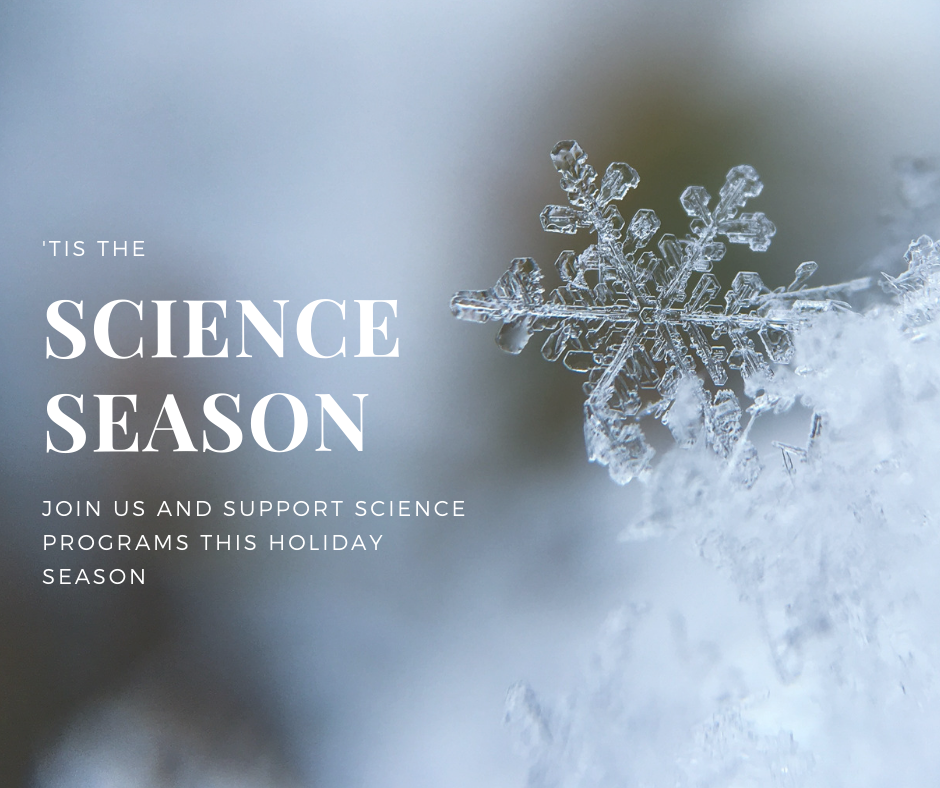A Fountain of Youth Is In The Works At The Illinois Institute of Technology
Comment by Robert Kriss, C2ST, Editor
Continue reading “A Fountain of Youth Is In The Works At The Illinois Institute of Technology”
Comment by Robert Kriss, C2ST, Editor
Continue reading “A Fountain of Youth Is In The Works At The Illinois Institute of Technology”
Comment by Robert Kriss, C2ST, Editor
People all over the world are becoming more aware and concerned about the health risks posed by plastics pollution. Reducing the amount of plastic we use, when the products are not essential, makes sense. For example, we don’t need plastic straws for all our drinks. Paper straws are coming back in improved form. But plastic is necessary in many other products. The problem is that plastic is not naturally biodegradable and current methods of breaking it down are expensive, require a lot of energy and generate additional pollution.
Enter Northwestern and Argonne scientists. They recently have developed a chemical that when mixed with plastic debris converts the plastic into hydrocarbon liquids. The liquids can be used to make high-quality lubricants, waxes, detergents, cosmetics and other useful products. The chemical reactions require less energy from external sources and produce far less pollution and waste than current plastic recycling methods.
So it’s still a good idea to avoid plastic straws whenever possible, but science is making great progress in reducing the risks associated with the debris we’ve already created and the plastic products we will continue to need in the future. For more information about how we will “turn plastic trash into treasure”, click here. Continue reading “Northwestern University and Argonne Find A Better Way To Tackle Plastics Pollution”

The holiday season is a time to get together with family and friends. It’s a time to look back at a year of accomplishments, learning moments, and joyous occasions. It’s also a time to give back to the community.
Here at C2ST, we’re big on community. It’s why we do what we do. And in order to continue our mission of bringing science and technology awareness to the greater Chicago area, we need the support of that community.
Comment by Robert Kriss, C2ST, Editor
Research chemists at Northwestern University’s Institute for Sustainability and Energy have engineered cup-shaped molecules from corn that can grab and neutralize carcinogens in our water supply. Very low concentrations of the carcinogens can significantly increase the risk of cancer. For example, just a few drops of the carcinogens, containing millions of potentially cancer-causing molecules, in a volume of water found in an Olympic-sized swimming pool can cause trouble. The molecular catcher’s mitts are equally small: Millions of them can fit into a space the size of a sugar-cube. Filters equipped with the breakthrough material remove the carcinogens from water more effectively than commonly used activated carbon filters, and the filters can be reused after a simple washing step that takes place at room temperature. The researchers have started a company, CycloPure, to commercialize this material for home and institutional use. Now that’s a use of corn that nobody saw coming. This innovation is another example of the extraordinary ingenuity of Chicago-area scientists who are developing technologies that matter. Click here to learn more about this exciting research and startup.
![]()
By Mike M. McMahon
Originally Posted at Northwestern
As a part of our ongoing initiative to introduce students to STEM professionals from a wide variety of backgrounds, Horizon Therapeutics and The Chicago Council on Science and Technology visited Perspectives Math and Science Academy to talk to students about college and entering STEM fields. Watch the interview here and check for a new video each month. Learn more about our partners Horizon Therapeutics: https://www.horizonpharma.com Perspectives Math and Science Academy: https://pcsedu.org/pcs-our-campuses/perspectives-iit-math-science-academy/
By Brady Jones, Medill Reports
Slowed reaction time. Reduced ability to make decisions. Impaired coordination. Memory loss. Difficulty in problem-solving. These are some of the symptoms listed by the Centers for Disease Control and Prevention (CDC) describing people who drive under the influence of marijuana. And right now, it is very difficult for law enforcement officials to determine when these drivers are sharing the road with you—and may be responsible for causing an accident.
![]()
Continue reading “Stoned Drivers Targeted By New Breathalyzer Technology”